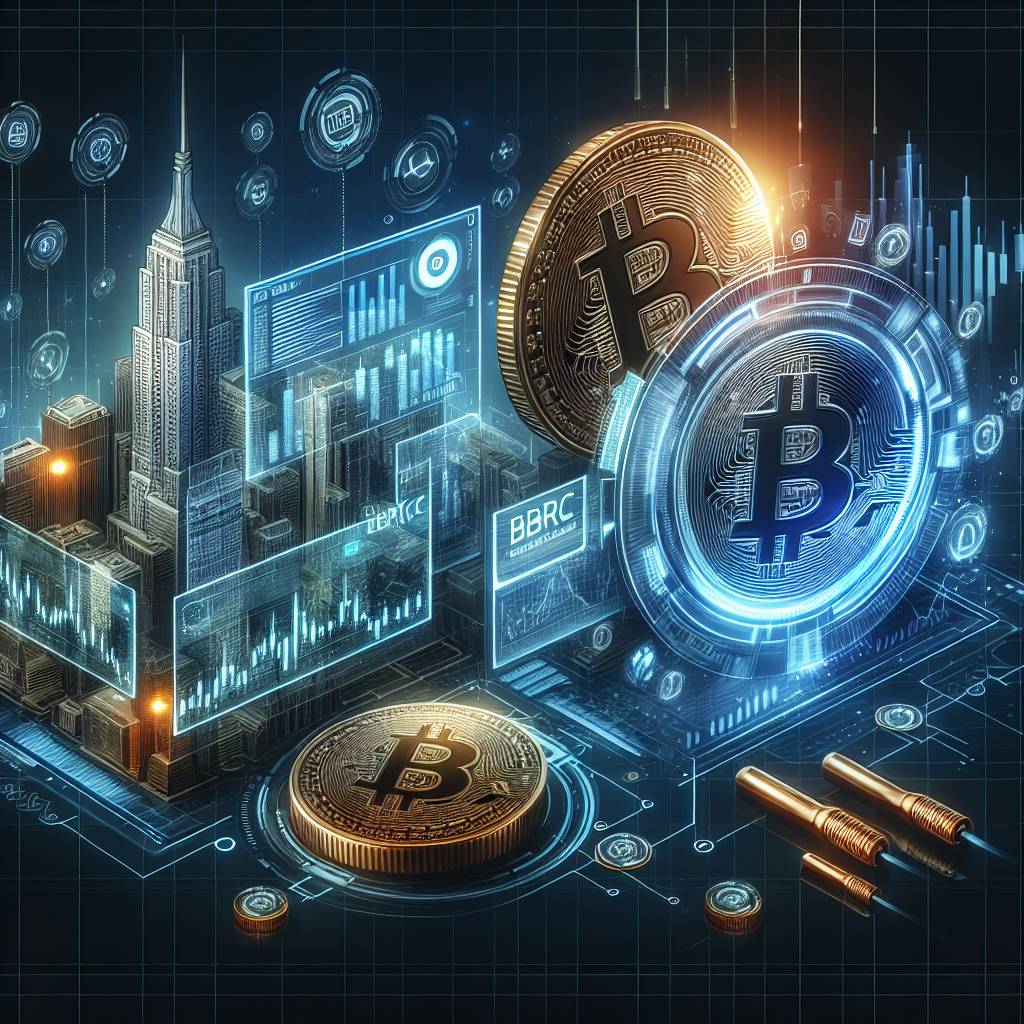What are the latest trends in the digital art market?
What are some of the recent trends that have emerged in the digital art market? How has the rise of cryptocurrencies impacted the digital art industry? Are there any specific digital art platforms or marketplaces that have gained popularity in recent times?

3 answers
- In recent years, the digital art market has witnessed several trends. One of the notable trends is the increasing use of blockchain technology and cryptocurrencies in the industry. Blockchain provides a secure and transparent way to verify ownership and provenance of digital artworks, while cryptocurrencies offer a decentralized payment system for buying and selling digital art. This has opened up new opportunities for artists and collectors, as well as introduced a new level of transparency and trust in the market. Another trend is the growing popularity of digital art platforms and marketplaces. Platforms like SuperRare, Rarible, and Nifty Gateway have gained significant traction, allowing artists to mint and sell their digital artworks directly to collectors. These platforms often utilize blockchain technology to ensure the authenticity and scarcity of digital artworks, making them highly desirable for collectors. The rise of non-fungible tokens (NFTs) has also had a major impact on the digital art market. NFTs are unique digital assets that can represent ownership of a specific artwork or collectible. They have gained immense popularity, with high-profile sales and collaborations making headlines. NFTs provide artists with a new way to monetize their digital creations, while collectors can own and trade unique digital assets. Overall, the digital art market is experiencing a convergence of technology, creativity, and finance. The integration of blockchain, cryptocurrencies, and NFTs has revolutionized the way digital art is created, bought, and sold, opening up new possibilities for artists and collectors alike.
 Dec 24, 2021 · 3 years ago
Dec 24, 2021 · 3 years ago - The latest trends in the digital art market have been heavily influenced by the rise of cryptocurrencies. With the advent of blockchain technology, artists and collectors now have a secure and transparent way to verify the authenticity and ownership of digital artworks. This has led to the emergence of digital art platforms and marketplaces that leverage blockchain and cryptocurrencies to facilitate transactions. One of the key trends is the use of non-fungible tokens (NFTs) in the digital art market. NFTs are unique digital assets that represent ownership of a specific artwork or collectible. They are built on blockchain technology, which ensures the scarcity and provenance of the digital assets. NFTs have gained significant popularity, with artists and collectors embracing this new form of digital ownership and trading. Another trend is the integration of cryptocurrencies as a payment method for digital art. Cryptocurrencies provide a decentralized and borderless payment system, allowing artists and collectors from around the world to transact without the need for traditional banking systems. This has opened up new opportunities for artists to reach a global audience and for collectors to diversify their art collections. In terms of platforms, there are several digital art marketplaces that have gained popularity in recent times. These platforms provide a space for artists to showcase and sell their digital artworks, while also offering collectors a curated selection of high-quality digital art. Some of the popular platforms include SuperRare, Rarible, and Nifty Gateway. Overall, the digital art market is evolving rapidly, driven by the integration of blockchain technology and cryptocurrencies. Artists and collectors are embracing these new trends, which are reshaping the way digital art is created, bought, and sold.
 Dec 24, 2021 · 3 years ago
Dec 24, 2021 · 3 years ago - The digital art market has experienced significant trends in recent times, with the rise of cryptocurrencies playing a major role. The integration of blockchain technology has brought transparency and security to the digital art industry, allowing artists and collectors to verify the authenticity and ownership of digital artworks. One of the notable trends is the emergence of non-fungible tokens (NFTs) in the digital art market. NFTs are unique digital assets that represent ownership of a specific artwork or collectible. They are built on blockchain technology, which ensures the scarcity and provenance of the digital assets. NFTs have gained immense popularity, with high-profile sales and collaborations attracting attention. In addition to NFTs, the use of cryptocurrencies as a payment method for digital art has gained traction. Cryptocurrencies provide a decentralized and borderless payment system, enabling artists and collectors to transact without the need for traditional banking systems. This has opened up new opportunities for artists to monetize their digital creations and for collectors to diversify their art collections. Digital art platforms and marketplaces have also seen significant growth in recent times. These platforms provide a space for artists to showcase and sell their digital artworks, while offering collectors a wide range of digital art options. Some popular platforms include SuperRare, Rarible, and Nifty Gateway. Overall, the digital art market is experiencing a shift towards blockchain technology and cryptocurrencies. These trends are reshaping the industry, providing new opportunities for artists and collectors to engage with digital art in innovative ways.
 Dec 24, 2021 · 3 years ago
Dec 24, 2021 · 3 years ago
Related Tags
Hot Questions
- 93
What is the future of blockchain technology?
- 85
What are the best digital currencies to invest in right now?
- 66
How can I minimize my tax liability when dealing with cryptocurrencies?
- 65
What are the tax implications of using cryptocurrency?
- 63
What are the best practices for reporting cryptocurrency on my taxes?
- 37
How can I buy Bitcoin with a credit card?
- 19
How does cryptocurrency affect my tax return?
- 17
How can I protect my digital assets from hackers?
